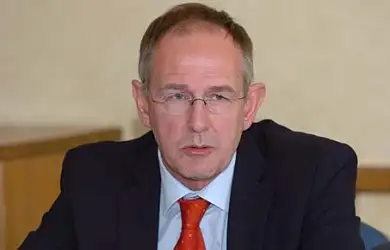The RFL’s failed four-year plan

There was no divide in the players camp according to the Rugby Football League. Tony Smith is not to blame for the World Cup exit. And the RFL even seem to be removing themselves from the blame.
But I am sure many people do not know what the RFL said in 2005, upon the delivery of their four-year plan, viewable here: http://www.wiganandleighrlsa.co.uk/info.php?faq_id=65&category_id=11
“The RFL remains well positioned to continue the growth of its core business, namely, increasing participation at all levels, increasing performance at international and representative levels and widening the opportunities and access to the game. The WSP will build on this growth by delivering on 2 high level strategic goals.”
Those two strategic goals were as follows:
1 Rugby League to be the fastest growing team sport in England by 2009
2 Great Britain to be number 1 in the world by 2009
While the first one is a fair assessment; it certainly has grown tremendously over the past few years, the second point is almost laughable given the fiasco in Australia last November.
Considering they removed team GB, and changed it to England, it could be argued that the second point was not achievable.
Rubbish. England is effectively Great Britain. Scotland, Ireland and Wales have been given their own identities, but to what benefit if players are allowed to defect from nation to nation?
Danny Brough has already proved that allegiance counts for nothing, switching from Scotland to England.
So who is responsible for the failure of the point of making Great Britain number one?
Ultimately, the axe has to fall with the RFL. Their change in quota rulings, while welcomed now, have come several years too late. Even now, we have seen some relaxation which has enabled players to stay and avoid the regulations now in place. During my time at the University of Huddersfield, I have spoke to several fans and people involved in the game who have said that success is based around the development of local born players, in the respect of clubs. It goes without saying, the success of England, Great Britain or any other international entity relies upon the development of homegrown players.
Clubs are also not exempt from the blame. Apart from Leeds and St Helens, who else has delivered a clutch of home-grown players to compete for England shirts. That brings me to the next point: if the coach was responsible for selecting players, why do we keep seeing the same old faces in the squad that continuously fail?
Ultimately, there needs to be a complete change from top to bottom. Clubs need to start bringing through youth; the RFL need to create a clear pathway for clubs to follow and give them clear targets to meet. And finally they need to be firm in the quota decisions and not allow clubs to find loopholes.
We need to follow the route of Australia in youth development. This may not be deliverable in the short-term, but it certainly should be made our long-term target. Only then will we become more successful.